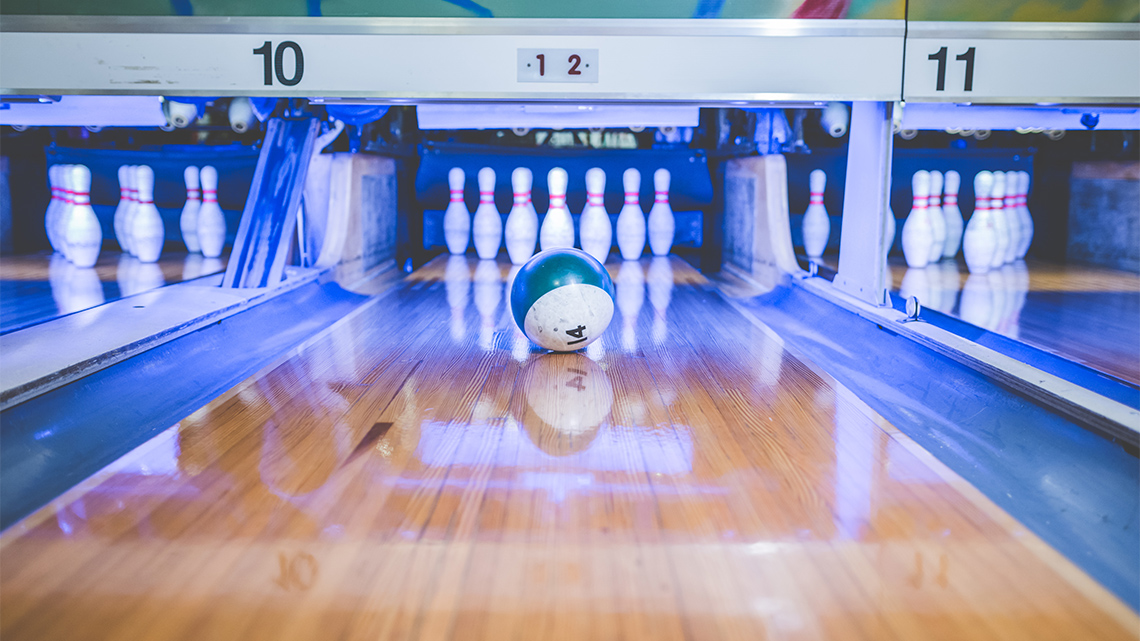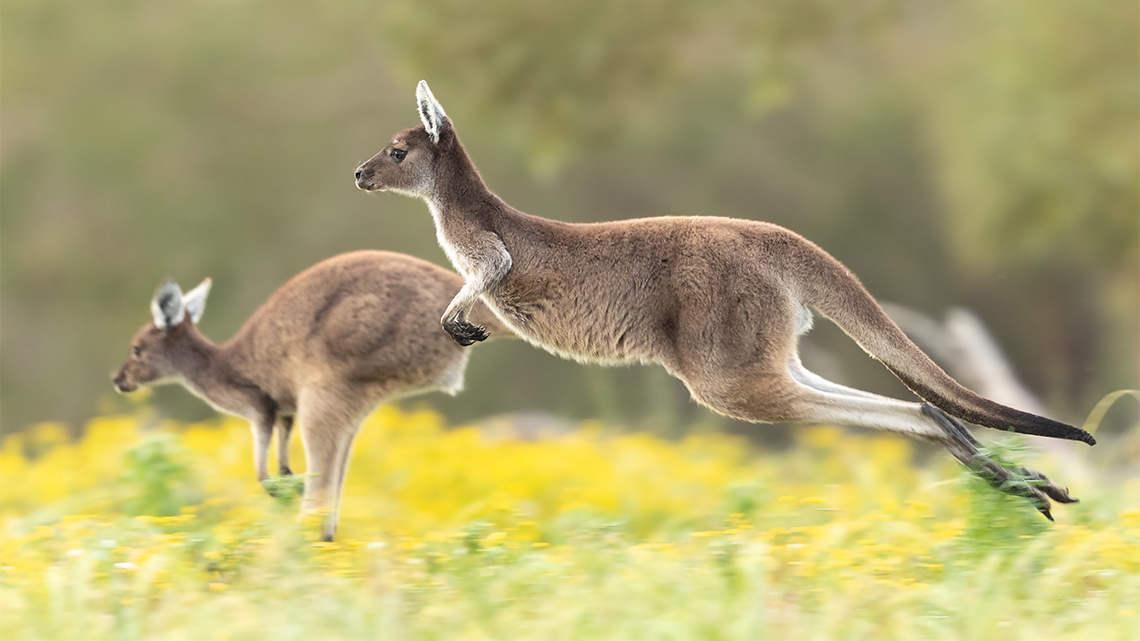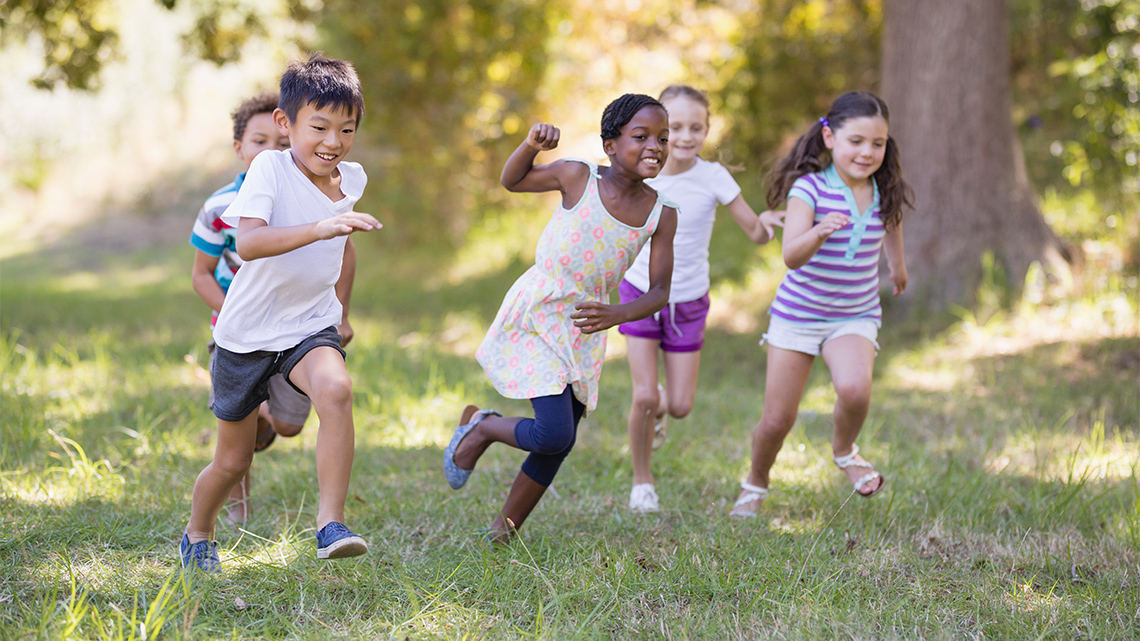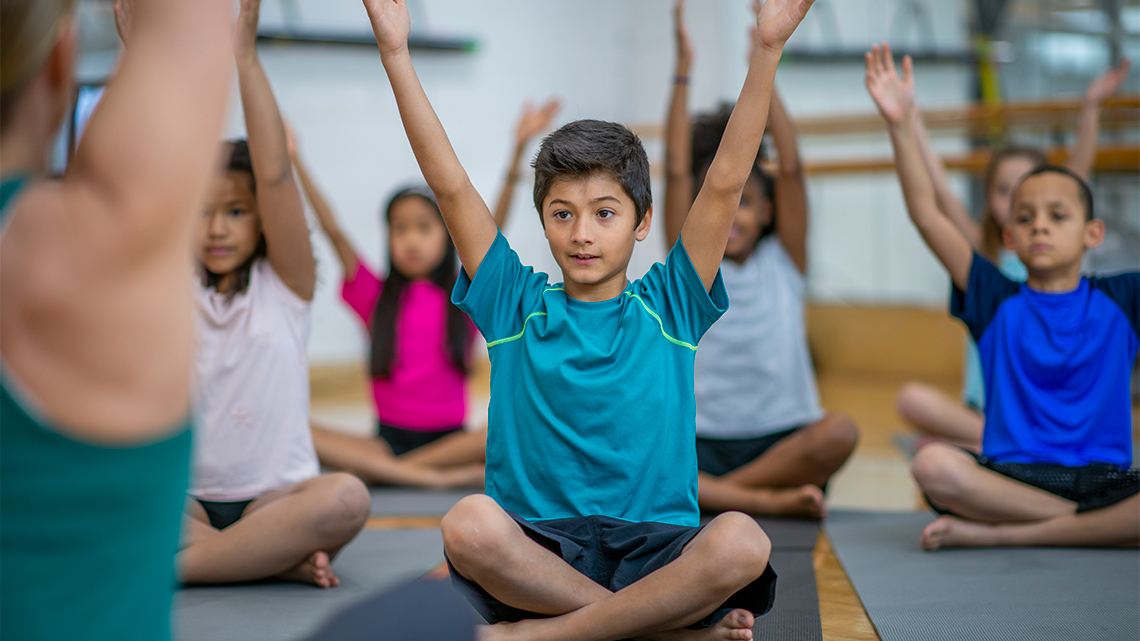Minds On
Today’s vocabulary
Press the following tabs to access the definitions for today’s vocabulary.
Let’s get started!
Examine each group of movements.
How are the movements in Group A the same?
How are the movements in Group B the same?
How are the movements in Group A different from the movements in Group B?
Group A
Group B
Action
Get ready, get set…

What was the sorting rule for the two groups in the Minds On section?
Let’s review the following images from the previous section.
Group A
Group B
Did you guess how the images in Group A and Group B were organized?
Press ‘Sorting Rule’ to find out how the two groups were sorted.
The movements are sorted by how things are moving. This is called the type of movement.
Group A has locomotor movements and Group B has non-locomotor movements.
Locomotor and non-locomotor movements
Let’s review what locomotor and non-locomotor movements are.
Press the following tabs for examples of each type of movement.
Moving from one place to another in dance is called locomotor movement.
Locomotor movements could include walking, rolling, running, sliding, hopping, skipping, and galloping.
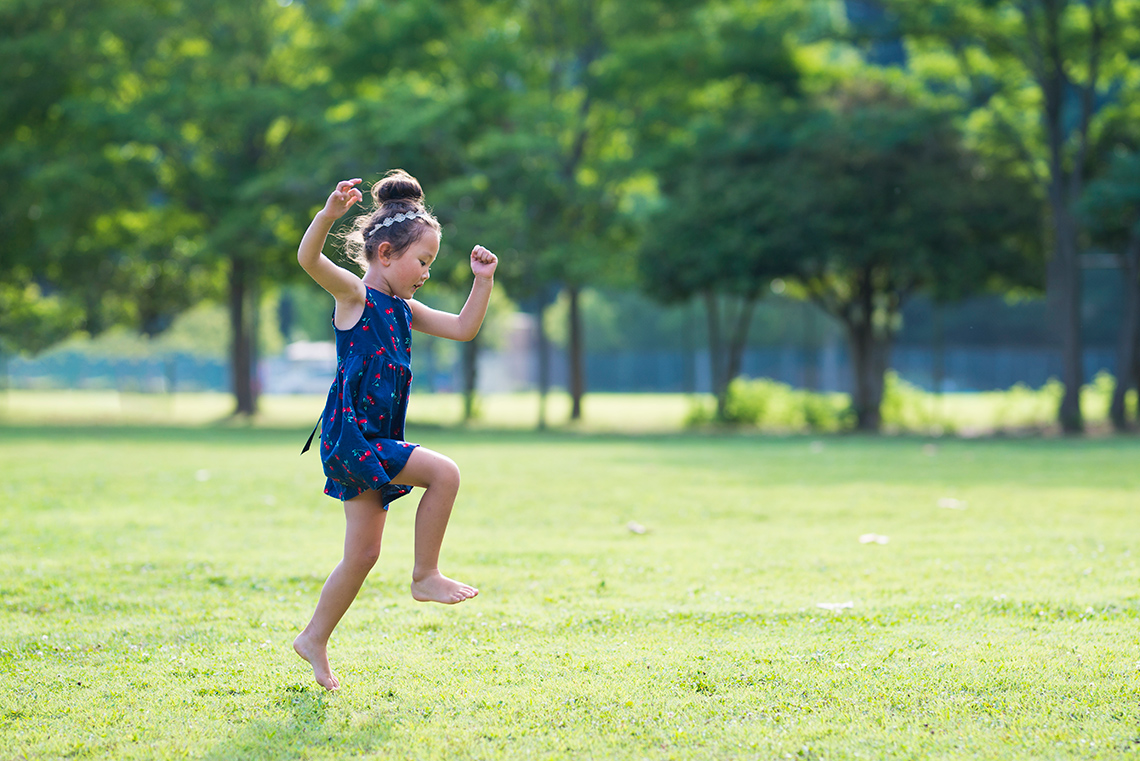
Movements we can do on the spot in dance are called non-locomotor movements.
Non-locomotor movements could include waving, bending knees, melting to the ground, stretching, swaying, and bowing.
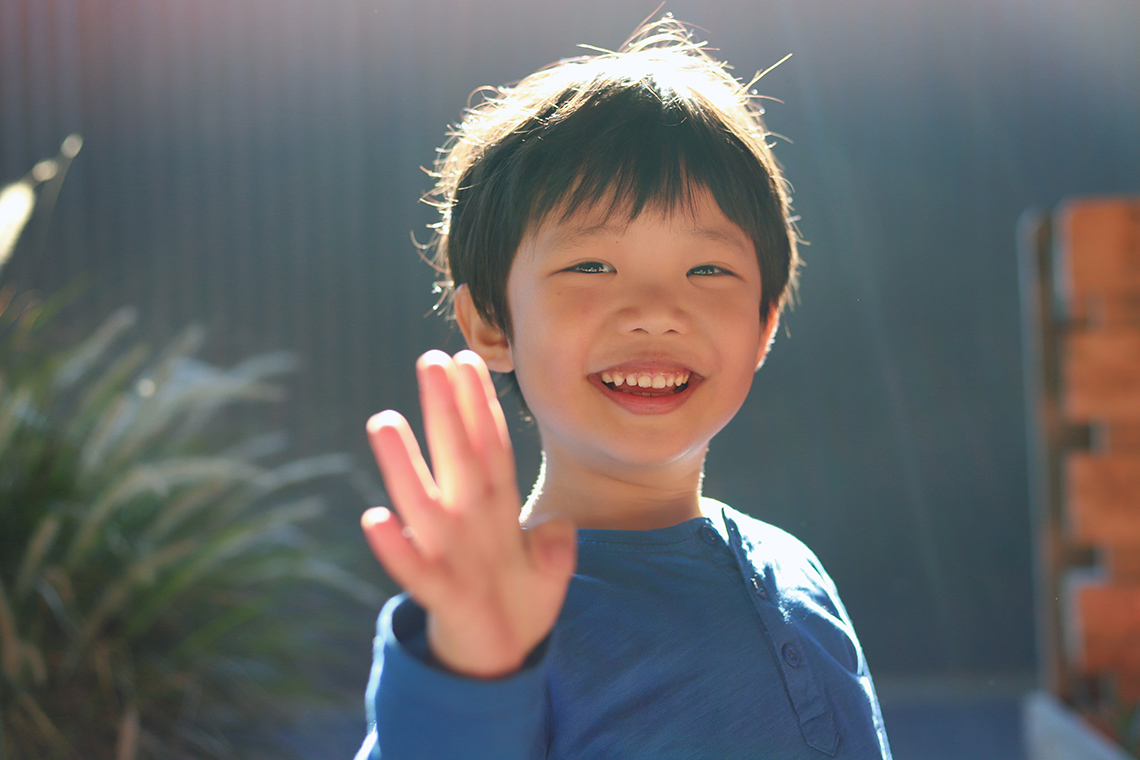
We can do each movement on its own. We can also connect movements to create a movement phrase! Let’s explore how.
Connecting movements
A dance phrase is when we join one movement to another.
Jumping forward and rolling
Let’s explore how we could connect these non-locomotor movements with these series of images.
A series of five images demonstrating a rolling locomotor movement. Image 1: the person is on their tippy toes, with their knees bent and with their hands on the ground. Image 2: the person's top of the head is touching the ground in a tucking position. Image 3: the person has their upper body touching the ground with their back facing the ground, their arms are touching the ground and bent above their head, and their legs are bent up and over their head. Image 4: the person's arm is released and angled above their head and their legs are bent and moving towards the ground. Image 5: the person's arm is stretched out over their legs which are bent and their feet are planted on the ground.
Press ‘Connect’ to explore how these locomotor movements can be connected.
We might connect a jump and a roll (locomotor movements) using a non-locomotor movement, like taking a bow.
Waving and stretching
Let’s explore how we could connect these non-locomotor movements with these animations.
Image 1 description: A person waving one of their hands back and forth.
Image 2 description: A person with both arms up and waving them back and forth.
Press ‘Connect’ to explore how these non-locomotor movements can be connected.
We might connect a wave and a stretch (non-locomotor movements) using a locomotor movement, such as running.
Did You Know?
Did you know?
We can use locomotor and non-locomotor movements to connect movements!
For example, we can connect jumping forward and rolling with a bow (non-locomotor).
We can also connect jumping forward and rolling with a walk (locomotor).
Go!
Explore the following list of locomotor and non-locomotor movements.
| Locomotor Movements | Non-Locomotor Movements |
|---|---|
|
walking running jumping forward/backward/side to side hopping leaping skipping galloping sliding rolling any other movement that takes you from one place to another |
waving hopping jumping up and down bending melting to a lower level/ground stretching swaying spinning bowing twisting any other movement you can do on the spot |
You can also access the following audio recording for the list of movement words.
Locomotor and Non-locomotor Movements
Choose two movements from the locomotor list. For example: sliding and walking.
Choose two movements from the non-locomotor list. For example, melting and swaying.
One of your movements will be the connecting movement. For example, swaying.
Put all the movements together. This will be a dance phrase.
Complete the My Dance Phrase template in your notebook or using the following fillable and printable document. If you would like, you can use speech-to-text or audio recording tools to record your thoughts. Consider adding your work to your dance portfolio.
| Movement 1 | Movement 2 (Connecting movement) | Movement 3 | Movement 4 (Connecting movement) | Movement 5 |
|---|---|---|---|---|
Press the ‘Activity’ button to access the My Dance Phrase.
Press ‘Example’ to access one way you could combine movements to create your dance phrase.

Safety
Let’s get our bodies moving!
Always be sure to do your safety checks before you do an activity.
Before you begin:
Try It
Try it
If possible, practise your movement phrase.
You can use your list of movements to help you.
Consolidation
Putting it all together

Think about the movement phrase you created in the Action section.
Can you change the movements? Could you make them bigger, smaller, faster, or slower?
Press ‘Examples’ to access a few ways you could change the movements.
For example, you could slide quickly, sway slowly, walk with small steps, and melt quickly.

Portfolio
Review your learning
Consider adding your work to your portfolio.
In this learning activity, you explored ways to connect movements and created a dance phrase!
- What locomotor movements did you use?
- What non-locomotor movements did you use?
- How did you change your movements? Did you make them bigger? Smaller? Did you make them faster? Slower?
Then, let's share what we've learned using the words locomotor, non-locomotor, and dance phrase. You may choose to do any of the following options:
- Draw and label the important parts using the words locomotor, non-locomotor, and dance phrase.
- Tell someone using the words locomotor, non-locomotor, and dance phrase.
- Write about it using the words locomotor, non-locomotor, and dance phrase.
- Make a recording using the words locomotor, non-locomotor, and dance phrase.
Reflection
How do you feel about what you have learned in this activity? Which of the next four sentences best matches how you are feeling about your learning? Press the button that is beside this sentence.
I feel…
Now, record your ideas about your feelings using a voice recorder, speech-to-text, or writing tool.
